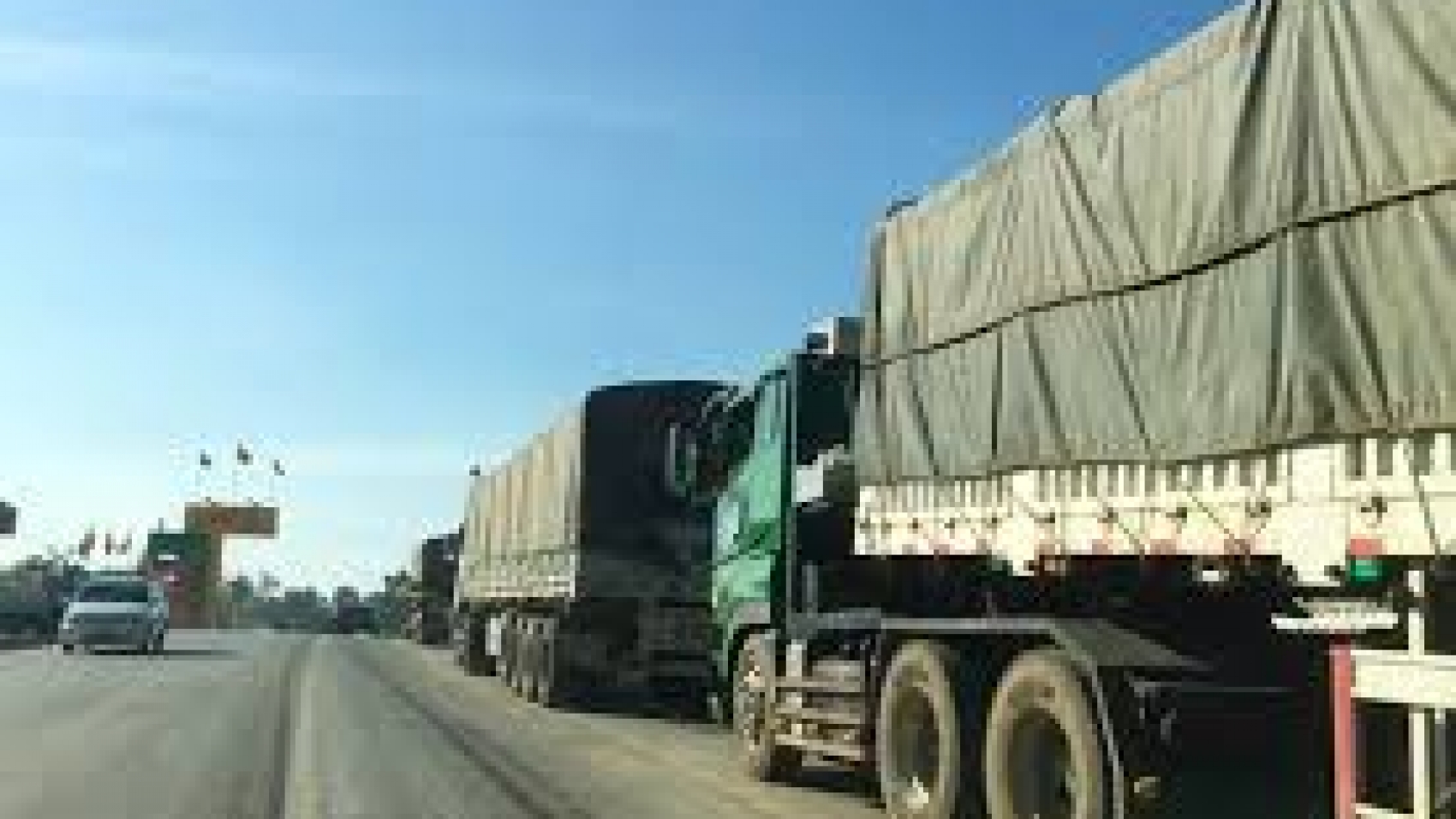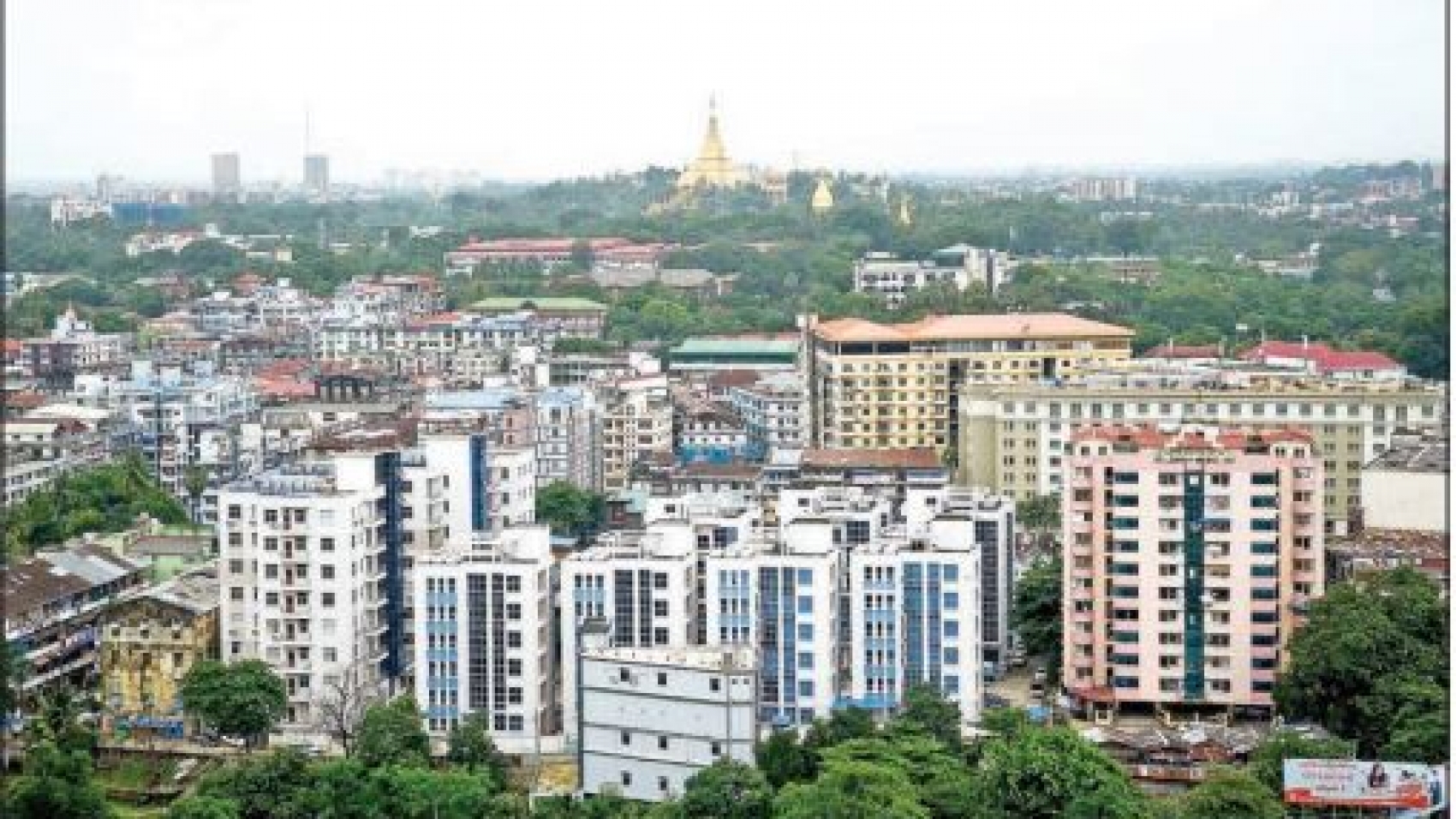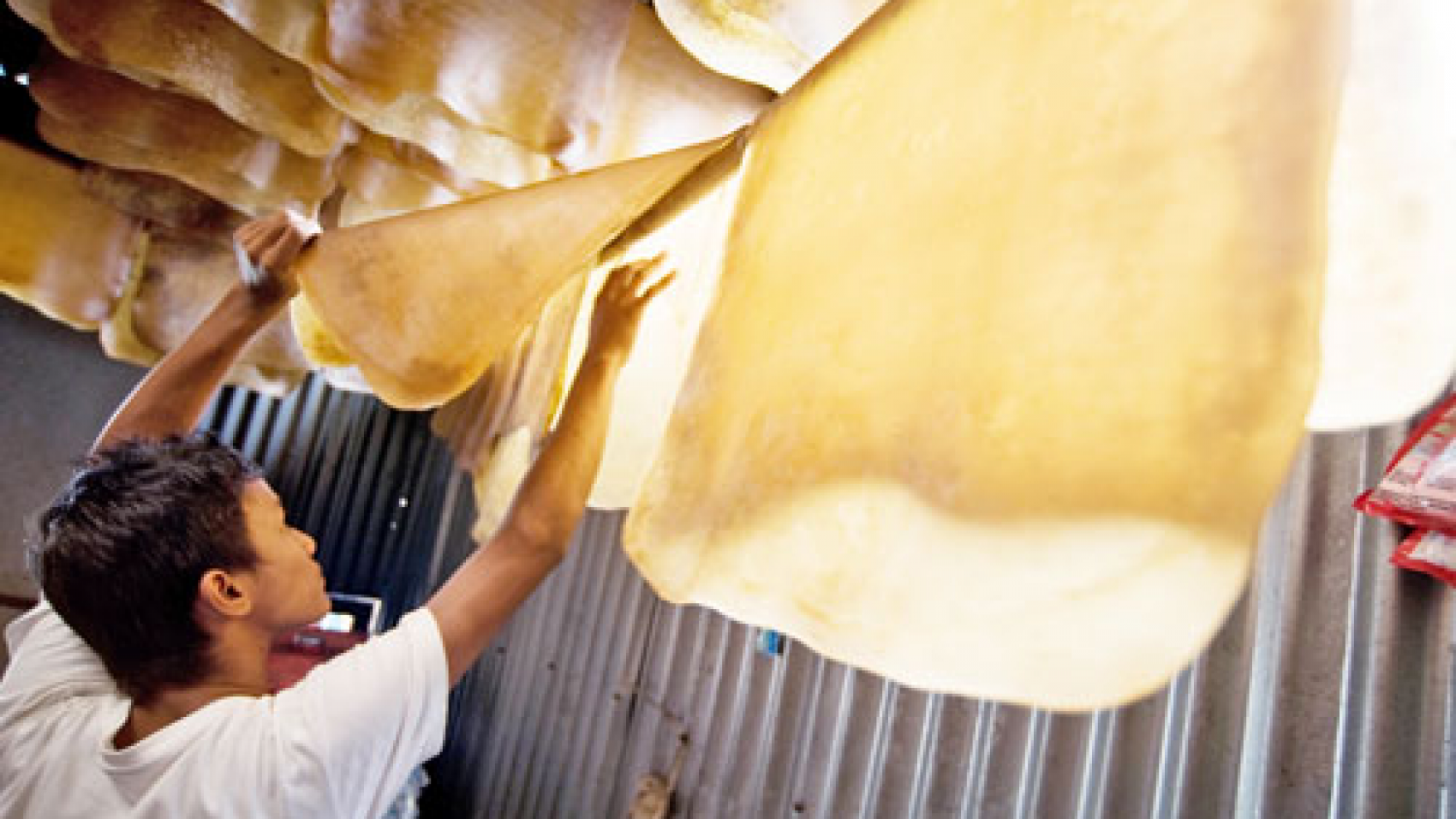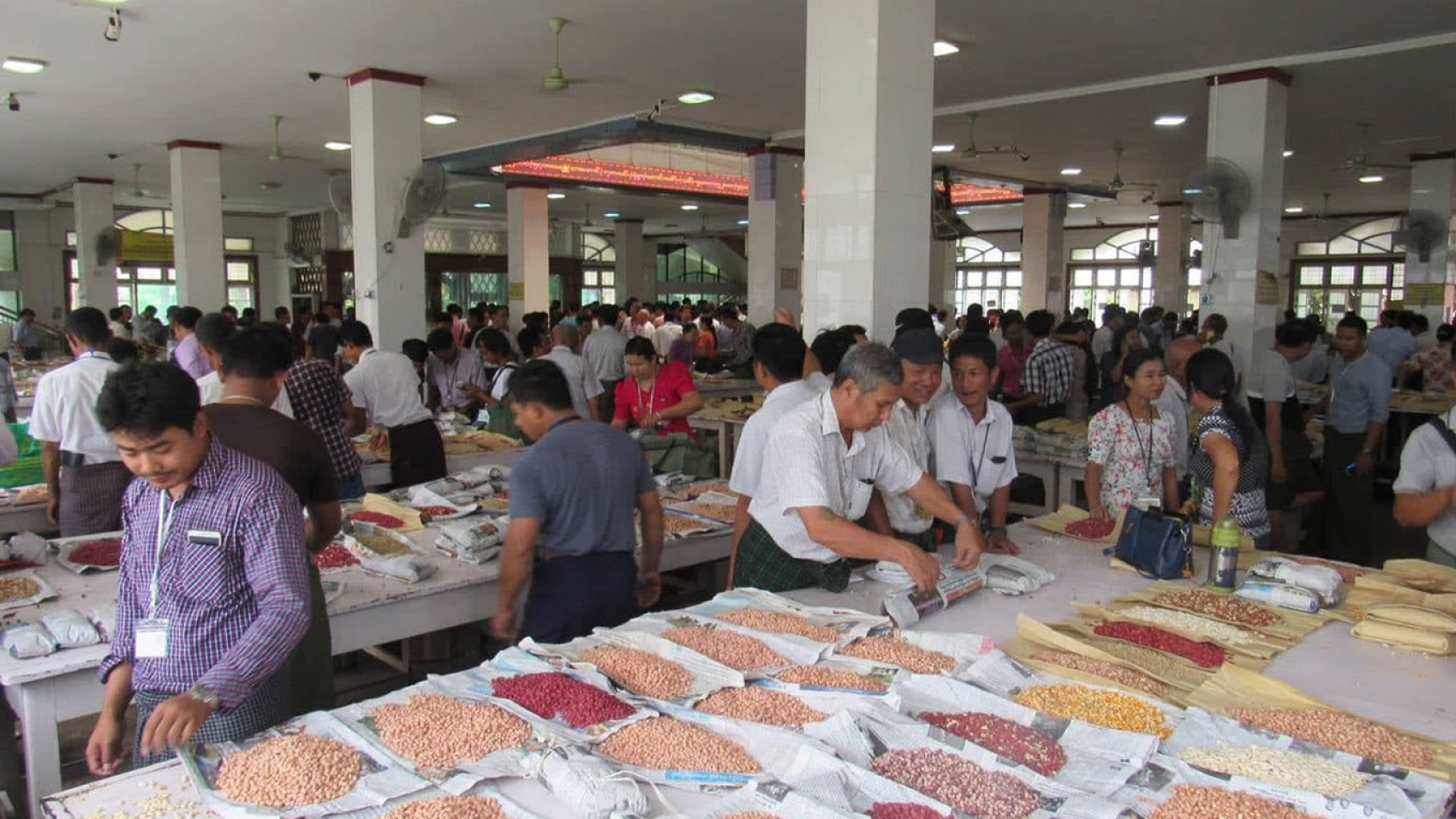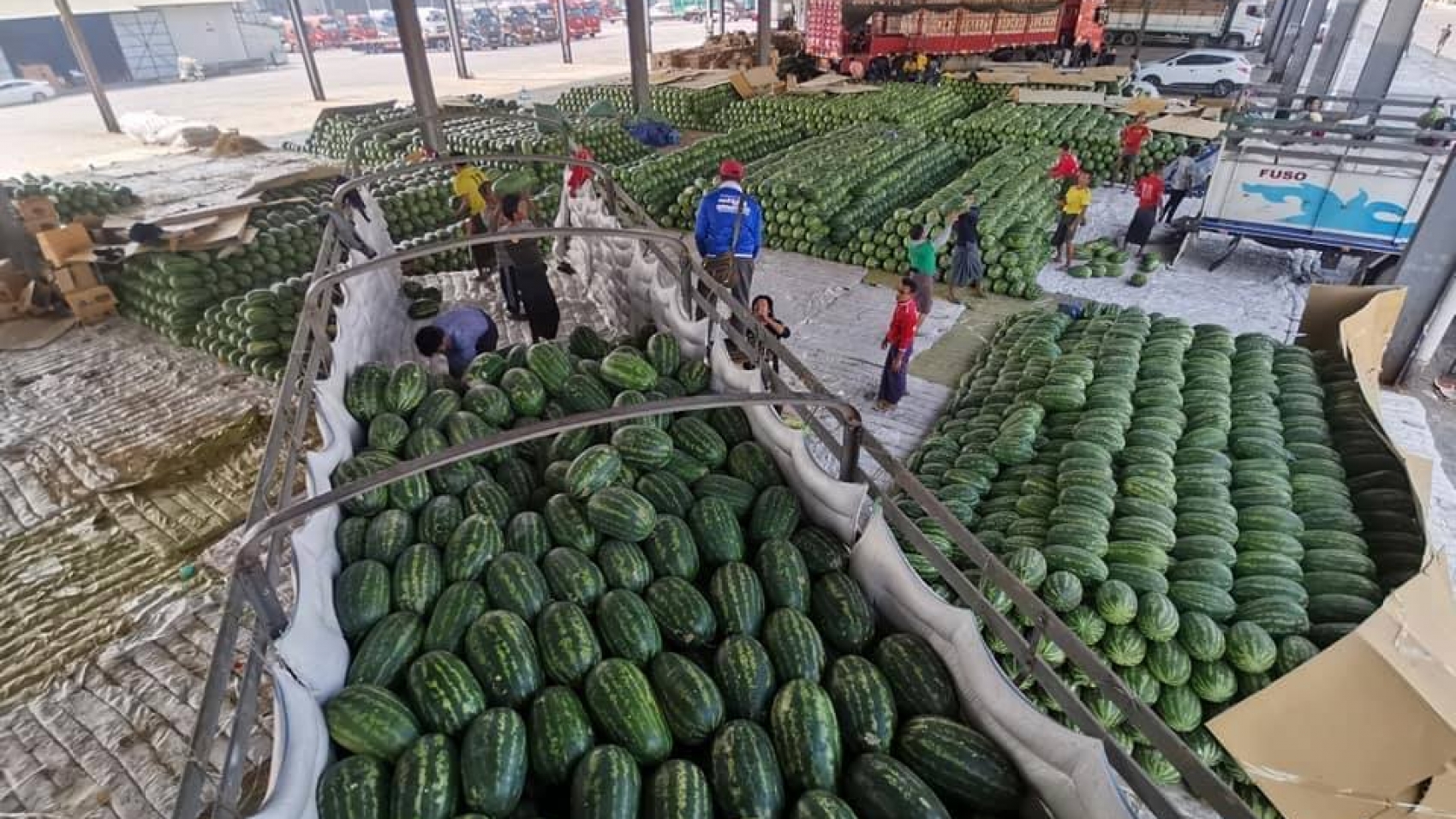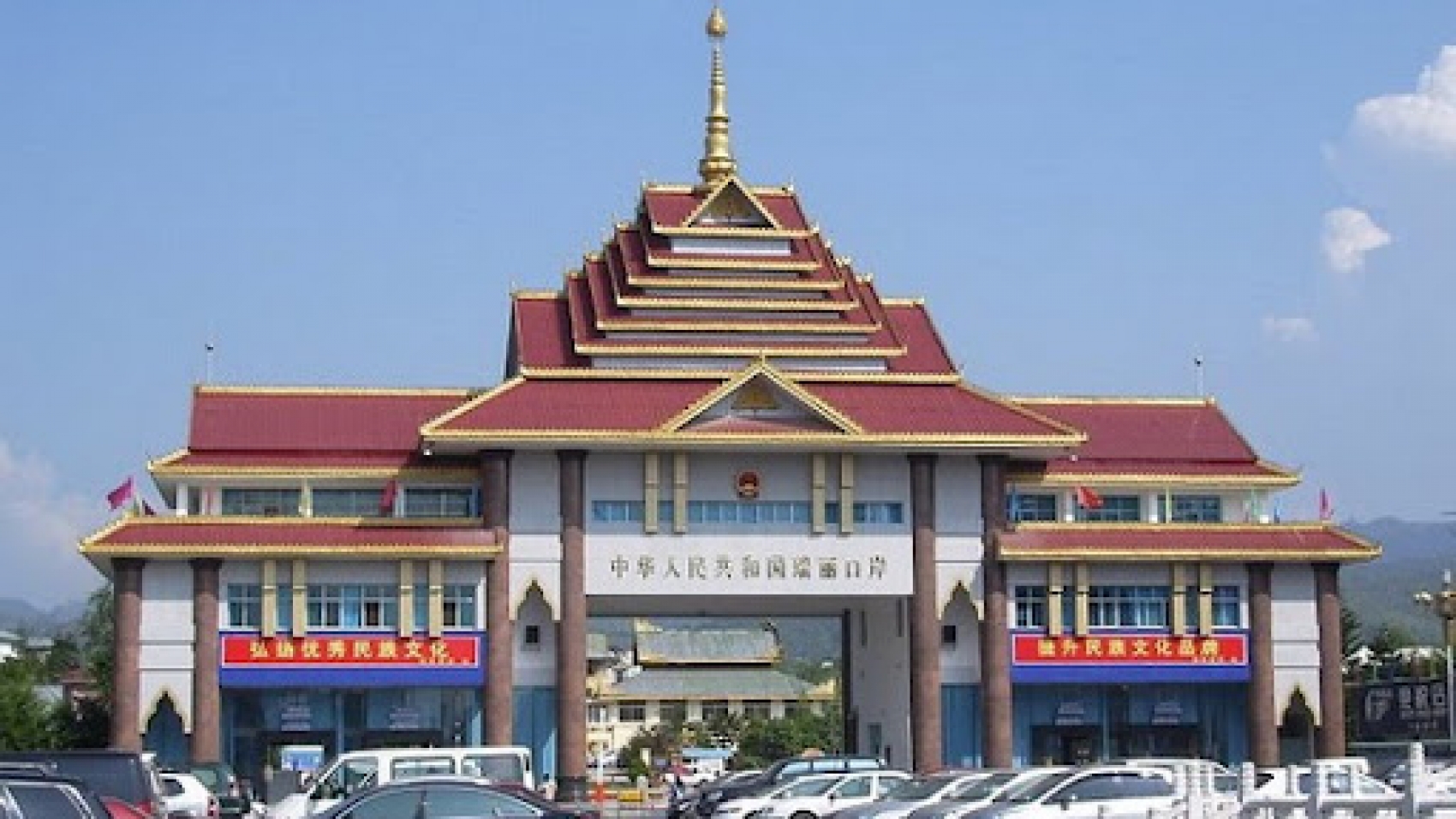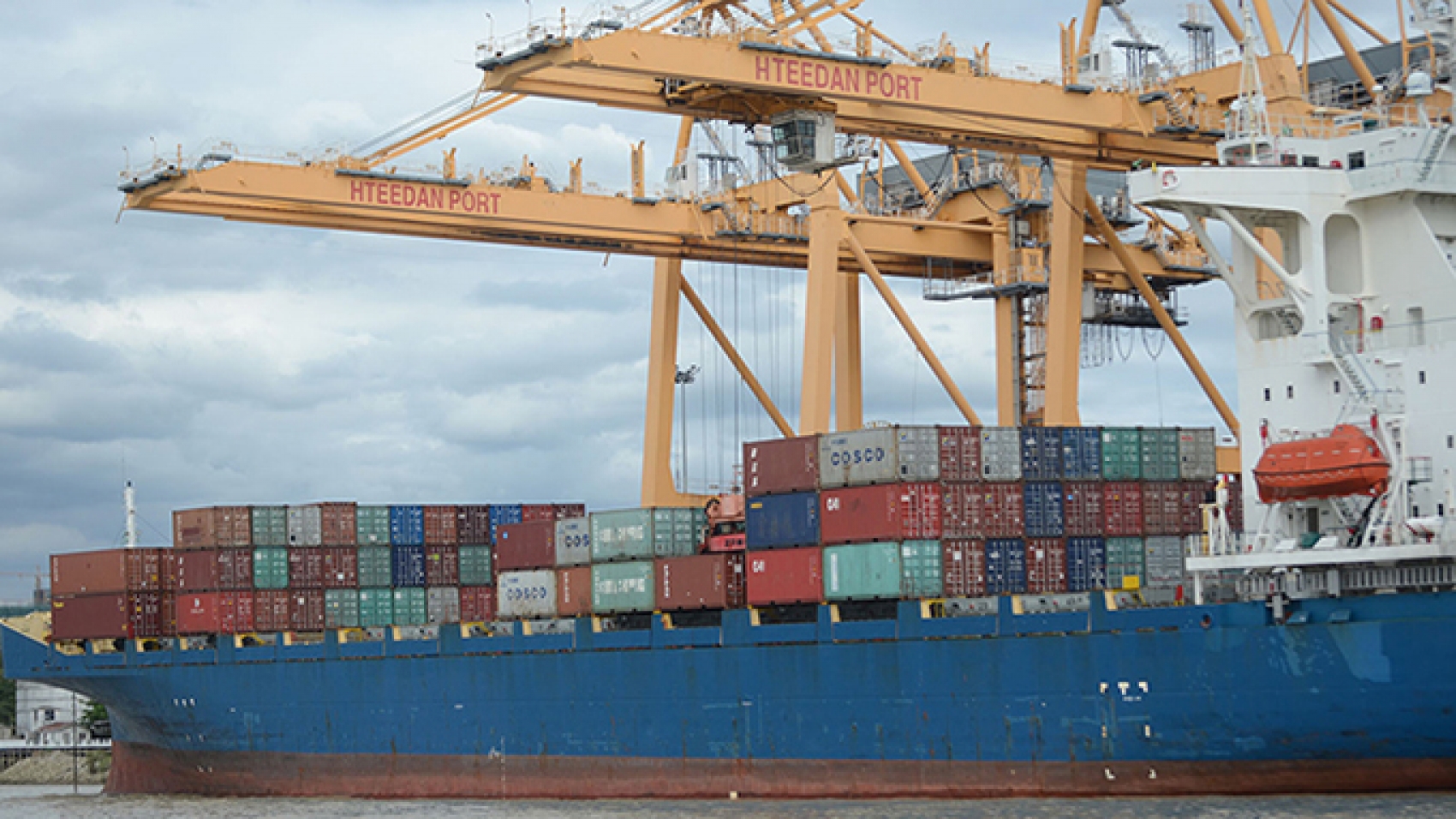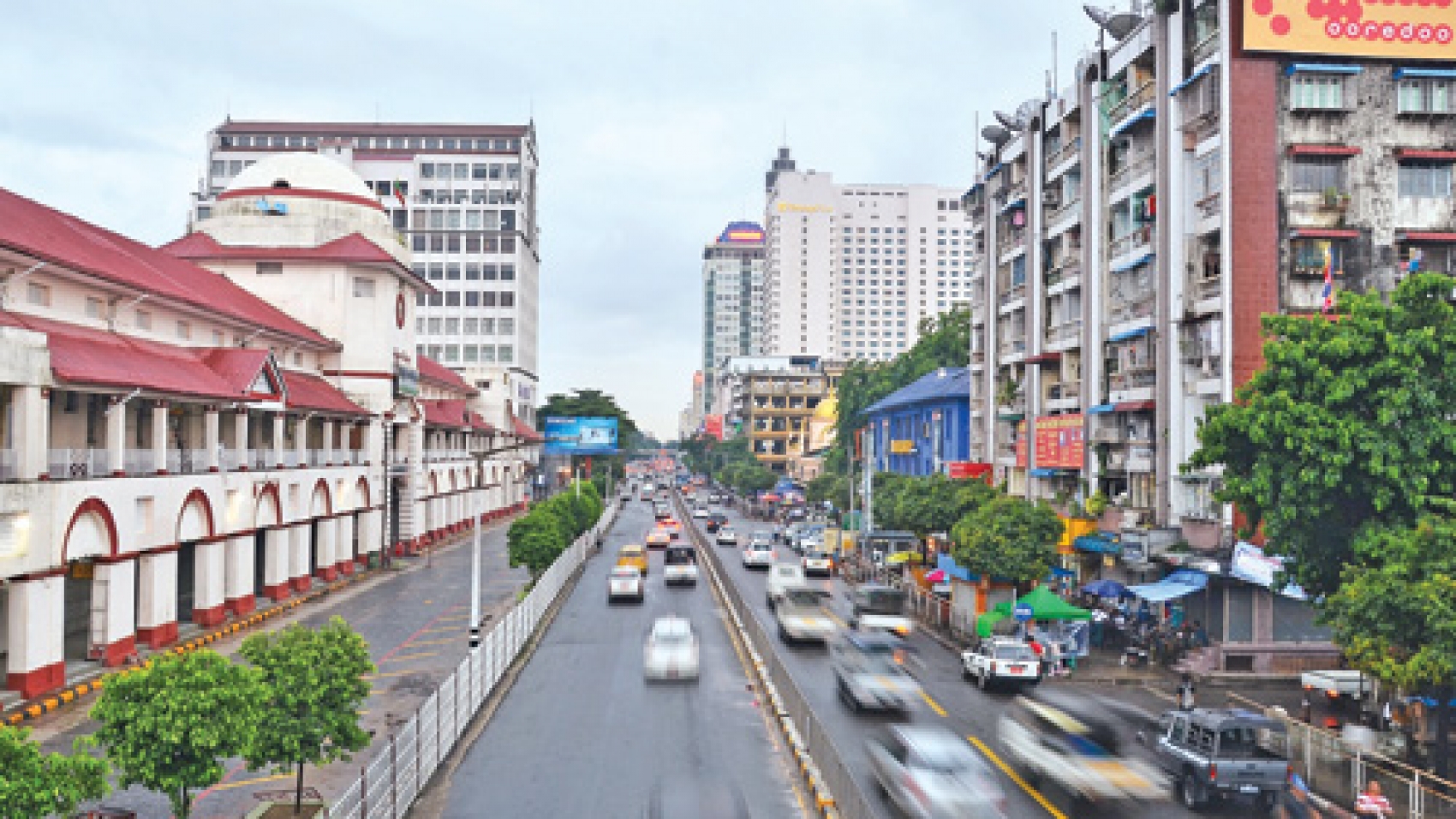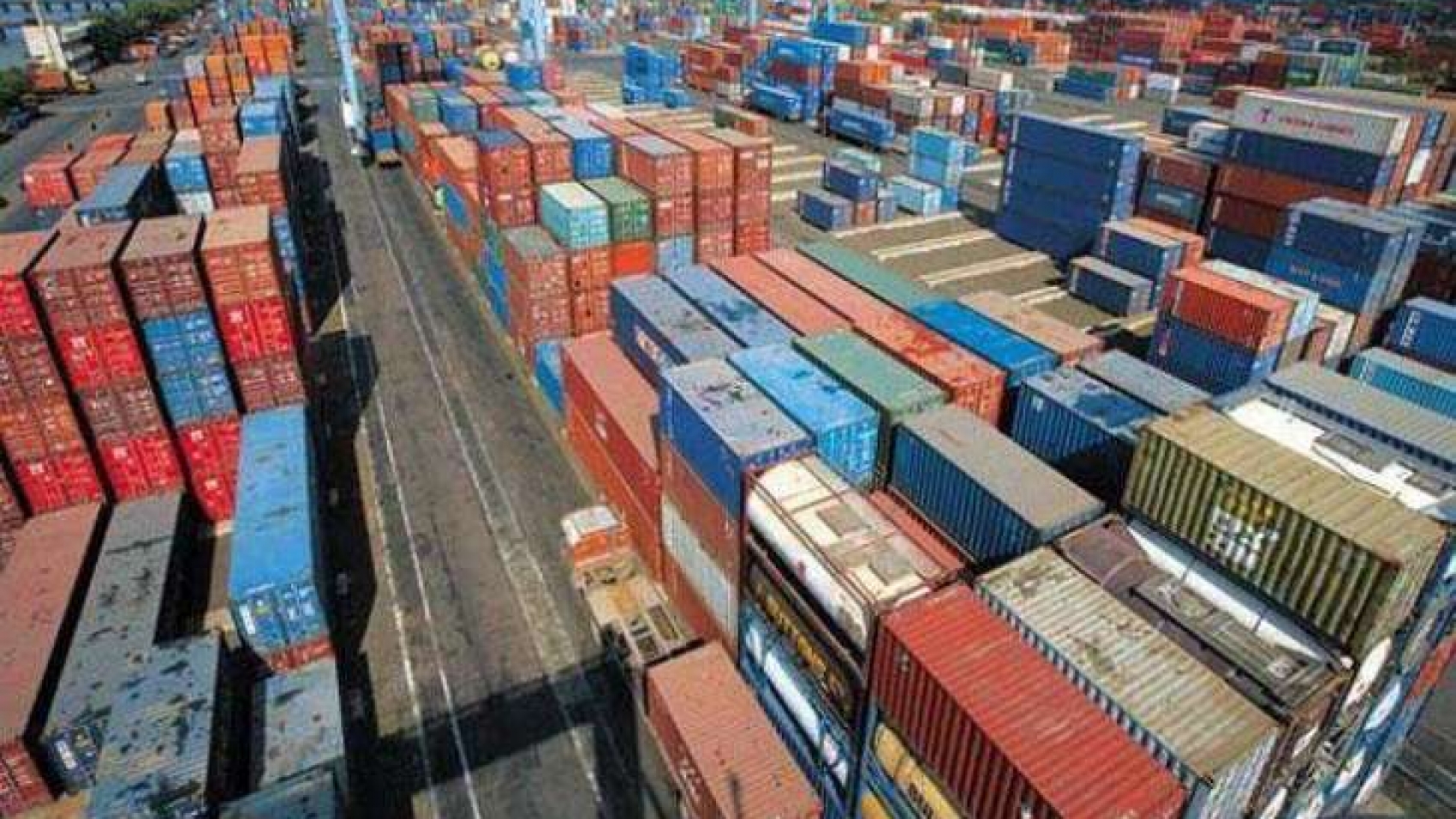The value of trade between Myanmar and China via the Muse land border in nearly four months of this current mini-budget period showed a drastic drop of nearly US$1,500 million compared to the last previous year, according to the Ministry of Commerce. From 1 October 2021 to 28 January 2022, Myanmar’s exports to China through the Muse land border were valued at $425.880 million, while imports were worth $20.801 million. The value of the Muse border trade touched $ 446.681 million in nearly four months of this mini-budget year 2021-22. The trade showed a fall in both exports and imports compared to the corresponding period of last year.
Compared with the same period last year, the value of trade via Muse amounted to $1,945.917 million, including $ 1,226.391 million in export and $719.526 million in imports. The annual trade through Muse border was $2,829.860 million in the FY2012-13, $3,517.684 million in the FY2013-14, $5,318.163 million in the FY2014-15, $5,377.877 million in the FY2015-16, $5,410.056 million in the FY2016-17, $5,841.879 million in the FY2017-18, $2,995.401 million in the mini budget year of 2018, $4,917.976 million in the FY2018-19, $4,890.587 million in the FY2019-2020 and $4,057.724 million in the FY2020-21.
In 2020-21 FY, China topped the list of the ten Myanmar’s exported counties with $4,905.80 million, followed by Thailand with $3,172.26 million, according to the Ministry of Commerce. The country also exported goods worth $944.21 million to Japan, $836.37 million to India, $620.59 million to the United States, $426.25 million to Germany, $411.71 million to Spain, $385.40 million to the United Kingdom, $366.18 million to the Netherlands and $305.76 million to South Korea, the Ministry’s figures said. The bilateral trade between Myanmar and China amounted to over $12.13 billion from October to September of the 2019-2020FY, including over $5.4 billion worth of exports and over $6.7 billion worth of imports, according to the data released by the Ministry.
Source: The Global New Light of Myanmar

